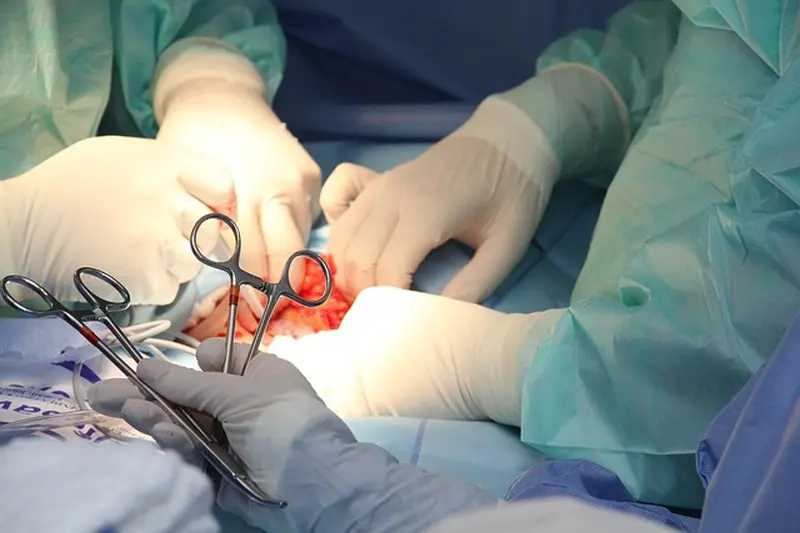The team from the Massachusetts Institute of Technology (USA) and the Free University of Berlin (Germany) used strength to create a new super glue. mussels and mucus.
Researchers have long noted the ability of mussels to quickly form a bond with ship surfaces that is difficult to break. Scientists have wondered whether this feature could be used in a new adhesive technology that could be eagerly utilized by medical professionals in the future.
The idea that has developed
In a new study, the team combined mucous and sticky proteins into a single mixture to create an unprecedented superglue.
Scientists aimed to create a waterproof and antibacterial adhesive that would become indispensable in surgery, wound care, and infection prevention after medical procedures.
At the same time, the team recalled that there is already a material in nature that can adhere tightly to surfaces while reducing the accumulation of bacteria. This material is mucus. It forms a protective layer on all areas of our body that are not covered by skin. Mucus also protects us from the adverse effects of pH, bacteria, and viruses, and it accompanies processes such as swallowing, coughing, and sneezing.
Ultimately, the researchers decided to use the antimicrobial properties of slime for their innovative glue and combine them with the waterproof stickiness of mussels.

How did the experiments go?
But first, it was necessary to investigate what could come of this. The team took samples from the mussel shells and combined them with mucin proteins from pigs, as well as with synthetic mucin polymers.
Researchers tested the results, specifically examining gel formation and the mechanical properties of substances that were created at various stages of the work. They then tested them as tissue adhesives and antimicrobial coatings, the publication reported. IFLScience .
Researchers have found that they can precisely control the time frames of gel formation, which vary from seconds to hours, depending on the molecular architecture of the polymers used.
“We can control the speed at which liquids turn into gel and stick,” said Rainer Haag, a co-author of the study. According to him, the team mastered this skill on wet surfaces at room temperature. temperatures and in very mild conditions. And this is unique, the scientist added.
When scientists used pig skin instead of human skin, they found that the adhesive not only effectively bonds surfaces but also prevents the accumulation of Pseudomonas aeruginosa bacteria – a dangerous and common culprit of postoperative complications.
So far, researchers have not worked with samples obtained from humans. “We expect that our approach will be compatible with human mucins, for example, with salivary mucins,” said George Degen, co-author of the study.
Currently, the superglue is in the early stages of development, but the researchers believe that it will eventually be adapted for injection or as a spray that forms a sticky gel. They hope that this new technology will ultimately play a crucial role in enhancing patient safety during the placement of medical implants or as a dressing material for wounds that prevents infection.
The results of the study were published in the journal Proceedings of the National Academy of Sciences.
